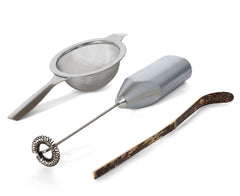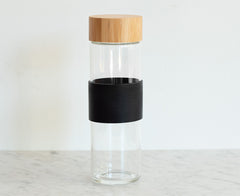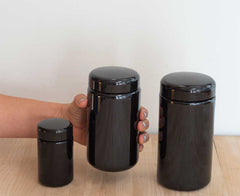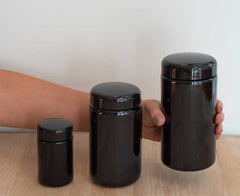Quenching of α,β-unsaturated aldehydes by green tea polyphenols: HPLC–ESI–MS/MS studies
Author: Giangiacomo Beretta and Sandra Furlanetto and Luca Regazzoni and Marina Zarrella and Roberto Maffei Facino
The aim of this work was to investigate in vitro the quenching activity of green tea polyphenols against α,β-unsaturated aldehyde, using 4-hydroxy-nonenal (HNE) as prototype and HPLC–ESI–MS/MS techniques. HNE is the most abundant and genotoxic product of oxidation of dietary polyunsaturated fatty acids, and is believed to be involved in the early stage of colorectal carcinogenesis on account of its genotoxic potential. Both epigallocatechin gallate (EGCG, 1.0–3.5 mM), the main constituent of green tea polyphenols, and a green tea aqueous extract are able to quench HNE (50 μM) in colorectal physiomimetic conditions (10 mM phosphate buffer, pH 8.0, 37 °C), giving rise to the formation of six diastereomeric covalent adducts at the ring A of EGCG, as indicated by their ESI–MS/MS fragmentation pathways. The specificity of the adduction positions was explained by 1H NMR experiments. HNE quenching is pH-dependent and maximum at pH 8.0. ESI–MS analysis showed no formation of 4-hydroxy-2,3-epoxy-nonanal, or adduction of the epoxide to EGCG. This implies that too little hydrogen peroxide (1 mM, 24 h incubation, FOX-2 method) develops from auto-oxidation of EGCG in our aerobic experimental conditions to oxidize HNE to its corresponding epoxide, so this mechanism is not responsible for the compound's disappearance. EGCG and green tea extract also quenched acrolein, another genotoxic α,β-unsaturated aldehyde, giving one predominant adduct and minor isobaric species, probably due the adduction of acrolein at different positions of the EGCG ring A. These results suggest that EGCG and green tea extract, beside the proposed mechanisms of chemoprevention that target multiple cell-signaling pathways that control cell proliferation and apoptosis in cancer cells, can also prevent protein carbonylation in the tumor tissue environment, depending on the pH of the medium surrounding the tissue, the type of tumor, the stage of dysregulation of lipid peroxidation and, finally, the stage of carcinoma development.



